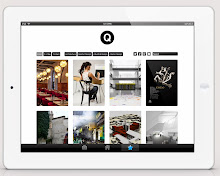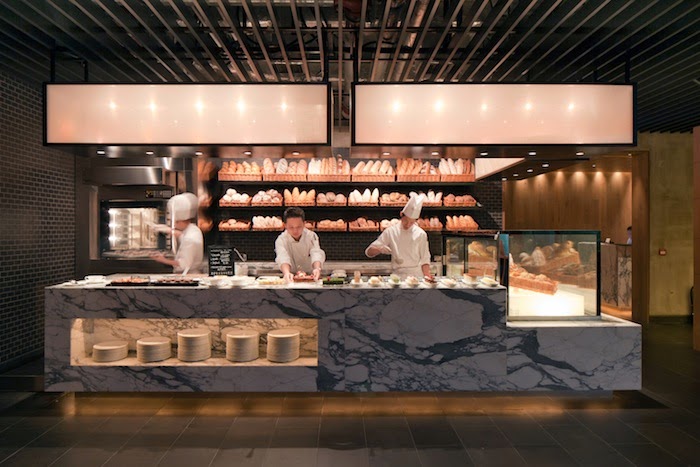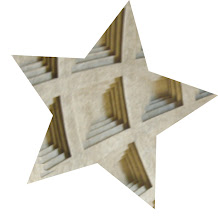
Technology is so everywhere that sometimes we do not notice it. On the other hand we live connected to a piece of design like a laptop for purposes that do not need this type of interface.
Interaction design has to change. Creating a technology that surrounds us and therefore is a part of our lifes for a long period of time. Technology aimed a reflection and moments of mental rest rather than efficiency in performance.
When computers become increasingly ubiquitous, it will be more or less continuosly present as part of a designed environment. Ubiquitous computing is a smoth integration of digital information and physical space, taking advantage of human peripheral attention.
We need to promote moments of refelction and mental rest in a more and more rapidly changing environment.
Slowness is a key factor for making room for refelction. There is a point of covergence of technology, design and art in a design phylosophy. Should not be seen as a call for more creativity in a world of information technology, but as an attempt to revisit some basics problems in interface design from a perspective that bears on ideas about environmental design.
The importance of aescetics in slow technology is a consequence of the design objective, as if the focus of the inner logic of design. If we turn to architecture, interior design, where the environment as a whole is in focus, the combination of aestheticts and more technologycal issues is central.
The transition from, or rather complement to, the perspective on technology as "tool" to a perspective on information tecnology as being part of a complexdesigned and inhabited environment willbe important to future design methodologies. Technology that it is not "used" at all but nevertheless is a part of the environment, adding to its ambience and supporting various activities taking place in it.
by lars hallnäs & johan redström




















No hay comentarios:
Publicar un comentario